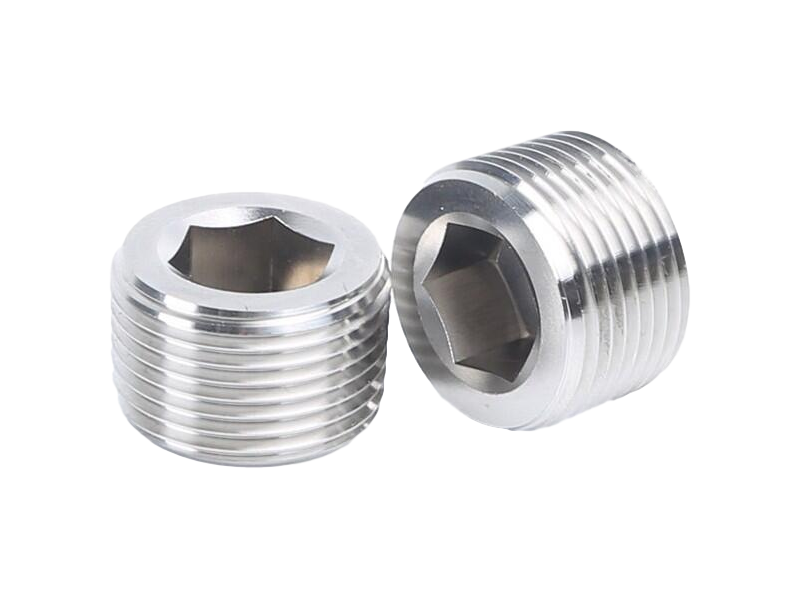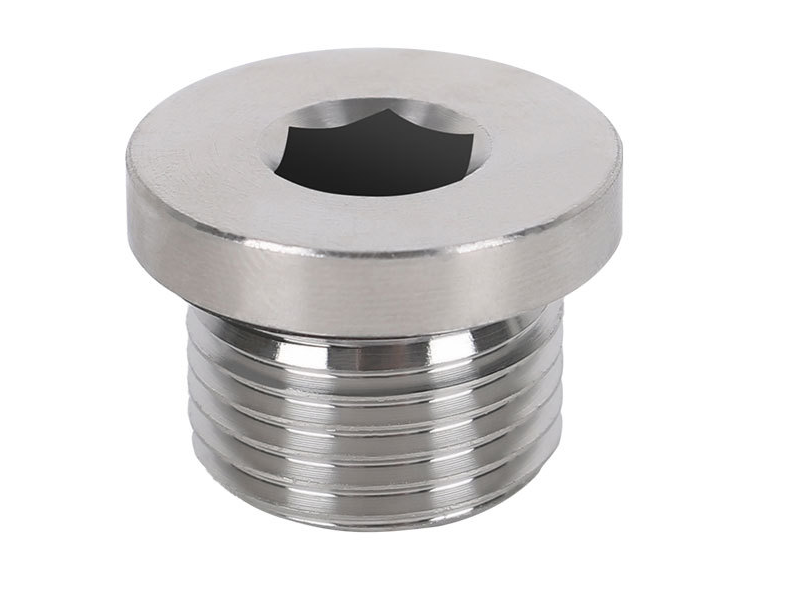The Complete Guide to Brass Compression Fittings
Brass compression fittings are essential components widely used in plumbing, HVAC, and industrial systems across the globe. Known for their durability, corrosion resistance, and ease of installation, they are trusted by homeowners, professionals, and industries alike—regardless of whether you are in North America, Europe, Asia, or other regions. Understanding their applications, unique benefits, proper sizing, and limitations is key to ensuring safe, leak-proof, and long-lasting connections.
In this comprehensive guide, we delve into everything you need to know about brass compression fittings—empowering you to make informed decisions for your plumbing, HVAC, or industrial projects.
What Are Brass Compression Fittings Used For?
Applications Across Multiple Sectors
Brass compression fittings serve primarily as reliable connectors that secure pipes and tubing without the need for soldering, welding, or threading. They are prevalent in:
- Domestic Plumbing: Connecting water supply lines to faucets, toilets, dishwashers, and washing machines in homes throughout North America, Europe, and Asia.
- Heating, Ventilation, and Air Conditioning (HVAC): Sealing refrigerant lines, condensate drains, and gas lines in residential and commercial HVAC systems used worldwide.
- Gas Supply Lines: Connecting natural gas or propane lines safely in homes, restaurants, and manufacturing plants across different continents.
- Industrial Equipment and Processing: Pneumatic control lines, chemical transport conductors, and hydraulic systems in factories across Asia, Europe, and North America.
- Aquarium and Water Features: Securing leak-tight connections for ponds, fountains, saltwater aquariums, and marine systems globally.
Why Are They So Widely Used?
Their popularity in various regions hinges on their resistance to corrosion, high-pressure endurance, reusability, and ease of installation—making them suitable for both temporary setups and permanent fixtures in diverse environments.
Benefits of Brass Fittings
1. Corrosion and Rust Resistance
Brass’s alloy composition (primarily copper and zinc) makes it highly resistant to oxidation, especially advantageous in humid, coastal, and chemically active environments. For example, installations in Florida, California, the UK, Japan, and Southeast Asia benefit from this corrosion resistance.
2. Durability and High-Temperature Handling
Brass fittings are engineered to withstand high pressures and temperature fluctuations encountered in HVAC systems, industrial processes, and water supply lines across North America, Europe, and Asia.
3. Reusable and Easy to Install
Unlike welded joints that are permanent, brass compression fittings can be disassembled and reassembled multiple times, enabling easier maintenance and system modifications—an essential feature for DIY homeowners and professional installers globally.
4. Cost-Effective and Widely Available
Brass fittings strike a balance between affordability and high performance, making them accessible and popular in various markets—including developing countries in Asia and established markets in Europe and North America.
5. Compatibility with Different Materials
They can connect copper, plastic, steel, or composite piping, offering versatile options in complex piping networks seen in modern residential and industrial construction.
6. Excellent Sealing Capabilities
When installed correctly, brass compression fittings provide leak-proof seals critical for safety, environmental protection, and operational efficiency.
How Are Brass Compression Fittings Sized?
Why Correct Sizing Is Critical
Using improperly sized fittings can lead to leaks, reduced system efficiency, or even catastrophic failures—especially in high-pressure applications. Here are key considerations:
- Measure Outer Diameter (OD): Use precise tools like calipers to measure the pipe or tube OD.
- Consult Manufacturer Guides: Most manufacturers like Parker or IBEX Australia offer comprehensive sizing charts matching OD to fitting sizes.
- Common Sizes Globally:
- ¼ inch (6mm): For smaller fixtures and delicate systems
- ½ inch (12mm): Standard for residential water lines
- ¾ inch (20mm): Larger residential and commercial fixtures
- 1 inch (25mm) or more: Industrial-scale piping
- Pressure and Material Compatibility: Ensure your selected fittings can handle system maximum pressure and are compatible with your pipe material (copper, plastic, steel).
Pro tip:
Always double-check your pipe’s dimension and verify fittings against national or international standards (such as ANSI, ISO, or DIN) specific to your region.
Where Can Compression Fittings Not Be Used?
Despite their versatility, brass compression fittings are not suitable for every application. Incorrect usage can lead to system failure or safety hazards.
Situations Where They Are Not Recommended:
- High-Pressure Hydraulic Systems:
In heavy-duty hydraulic machinery, where system pressures exceed the rated capacity of the fitting, there is a risk of leaks or rupture. - Critical Gas Lines and Hazardous Applications:
In high-stakes scenarios involving natural gas, propane, or hazardous chemicals, only certified, welded, or specialized fittings


